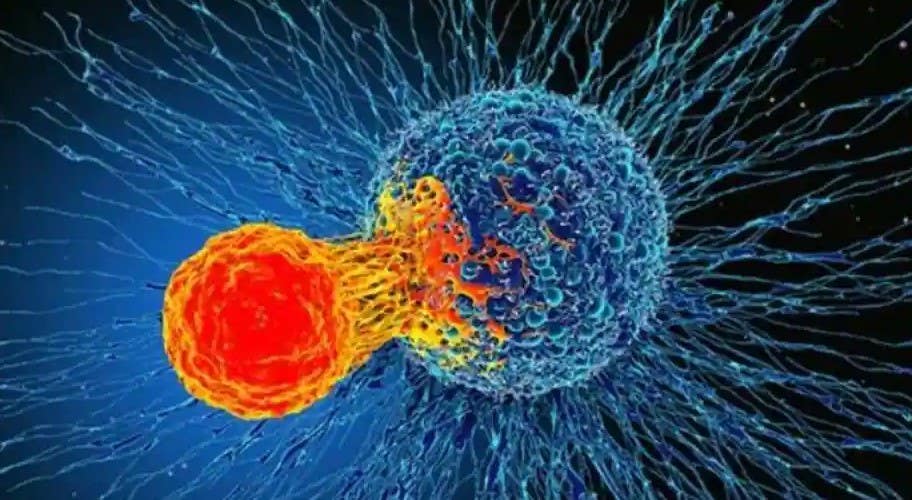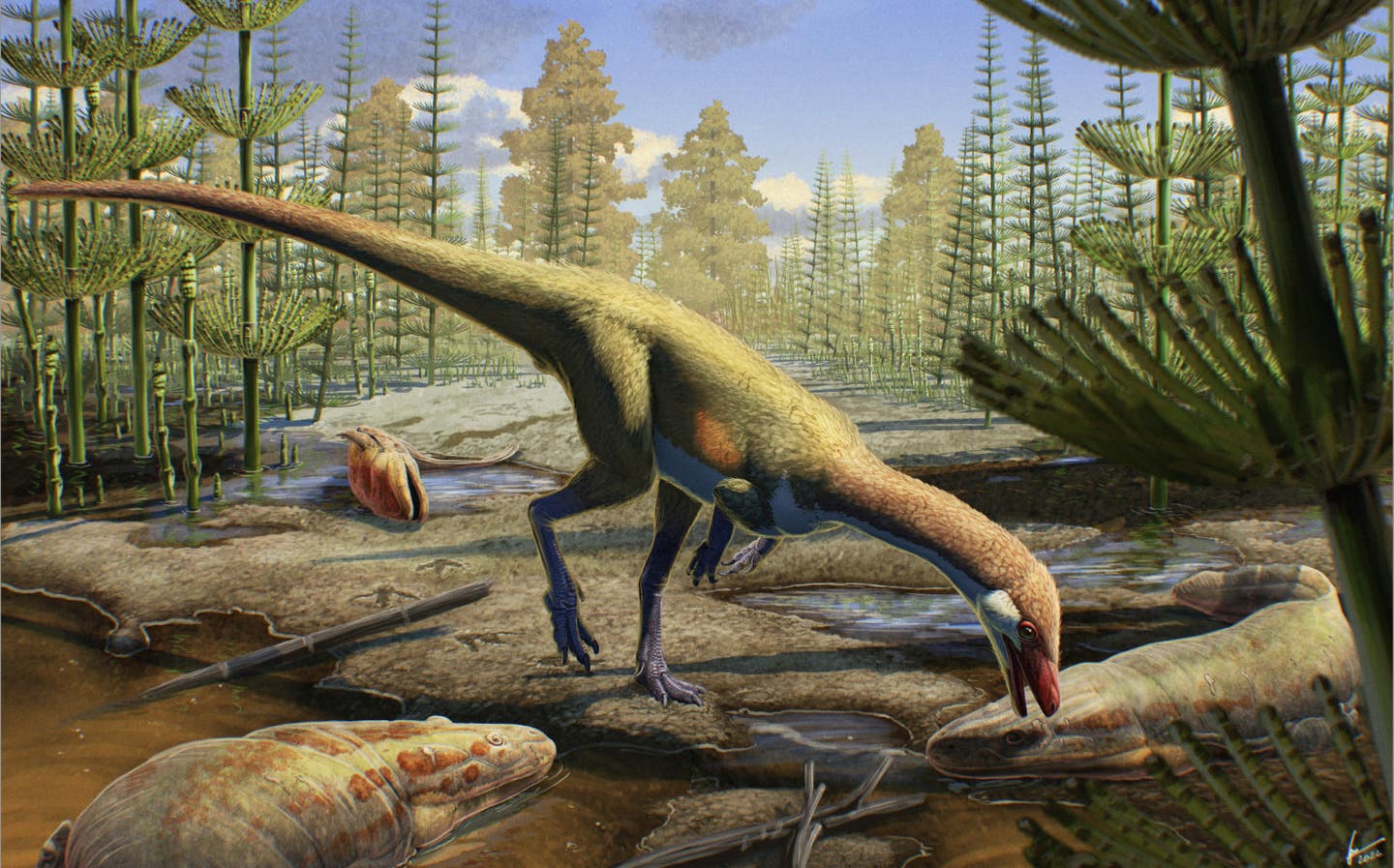Scientists create artificial cells that mimic living cells — new method for fighting bacteria
Researchers provide a blueprint for creating “cell mimics,” with potential applications ranging from drug delivery to environmental science.

[Sept 8, 2021: New York University]
Researchers have developed artificial cell-like structures using inorganic matter that autonomously ingest, process, and push out material—recreating an essential function of living cells.
Their article, published in Nature, provides a blueprint for creating "cell mimics," with potential applications ranging from drug delivery to environmental science.
A fundamental function of living cells is their ability to harvest energy from the environment to pump molecules in and out of their systems. When energy is used to move these molecules from areas of lower concentration to areas of higher concentration, the process is called active transport. Active transport allows cells to take in necessary molecules like glucose or amino acids, store energy, and extract waste.
For decades, researchers have been working to create artificial cells—engineered microscopic structures that emulate the features and behavior of biological cells. But these cell mimics tend to lack the ability to perform complex cellular processes like active transport.
In the Nature study, researchers at New York University and the University of Chicago describe a new, fully synthetic cell mimic that is one step closer to replicating the function of living cells. When deployed in mixtures of different particles, the cell mimics can perform active transport tasks by autonomously capturing, concentrating, storing, and delivering microscopic cargo. These artificial cells are fabricated using minimal ingredients and borrow no materials from biology.
Video microscopy showing artificial cell mimics ingesting, holding and expelling foreign particles. (CREDIT: Sacanna Lab, NYU)
To design the cell mimics, the researchers created a spherical membrane the size of a red blood cell using a polymer, a stand-in for the cellular membrane that controls what goes in and out of a cell. They pierced a microscopic hole into the spherical membrane creating a nano-channel through which matter can be exchanged, imitating a cell's protein channel.
But in order to perform the tasks required for active transport, the cell mimics needed a mechanism to power the cell-like structure to pull in and expel material. In a living cell, mitochondria and ATP provide the necessary energy for active transport. In the cell mimic, the researchers added a chemically reactive component inside the nano-channel that, when activated by light, acts as a pump. When light hits the pump, it triggers a chemical reaction, turning the pump into a tiny vacuum and pulling cargo into the membrane. When the pump is switched off, the cargo is trapped and processed inside the cell mimic. And when the chemical reaction is reversed, the cargo is pushed out on demand.
"Our design concept enables these artificial cell mimics to operate autonomously and perform active transport tasks that have so far been confined to the realm of living cells," said Stefano Sacanna, associate professor of chemistry at NYU and the study's lead author. "At the heart of the cell-like structure's design is the synergy between an active element that powers it from the inside and the physical constraints imposed by the cell walls, allowing them to ingest, process, and expel foreign bodies."
The researchers tested the cell mimics in different environments. In one experiment, they suspended the cell mimics in water, activated them with light, and observed them ingesting particles or impurities from the water surrounding them, illustrating a potential application for cleaning microscopic pollutants out of water.
"Think of the cell mimics like the PAC-MAN video game—they go around eating the pollutants and removing them from the environment," said Sacanna.
In another experiment, they demonstrated that the cell mimics can swallow E. coli bacteria and trap them inside the membrane, potentially offering a new method for fighting bacteria in the body. Another future application for the cell mimics could be drug delivery, given that they can release a preloaded substance when activated.
The researchers are continuing to develop and study cell mimics, including building ones that perform different tasks and learning how different types communicate with each other.
Like these kind of feel good stories? Get the Brighter Side of News' newsletter.
Tags: #New_Innovations, #Medical_News, #Health_News, #Cells, #e_Coli, #Molecules, #The_Brighter_Side_of_News
Joseph Shavit
Head Science News Writer | Communicating Innovation & Discovery
Based in Los Angeles, Joseph Shavit is an accomplished science journalist, head science news writer and co-founder at The Brighter Side of News, where he translates cutting-edge discoveries into compelling stories for a broad audience. With a strong background spanning science, business, product management, media leadership, and entrepreneurship, Joseph brings a unique perspective to science communication. His expertise allows him to uncover the intersection of technological advancements and market potential, shedding light on how groundbreaking research evolves into transformative products and industries.



